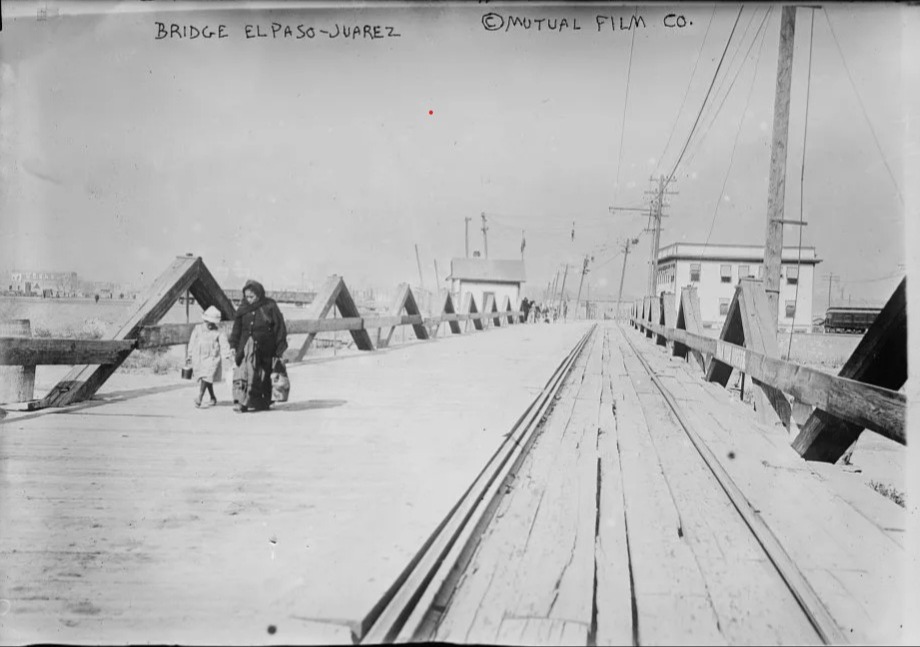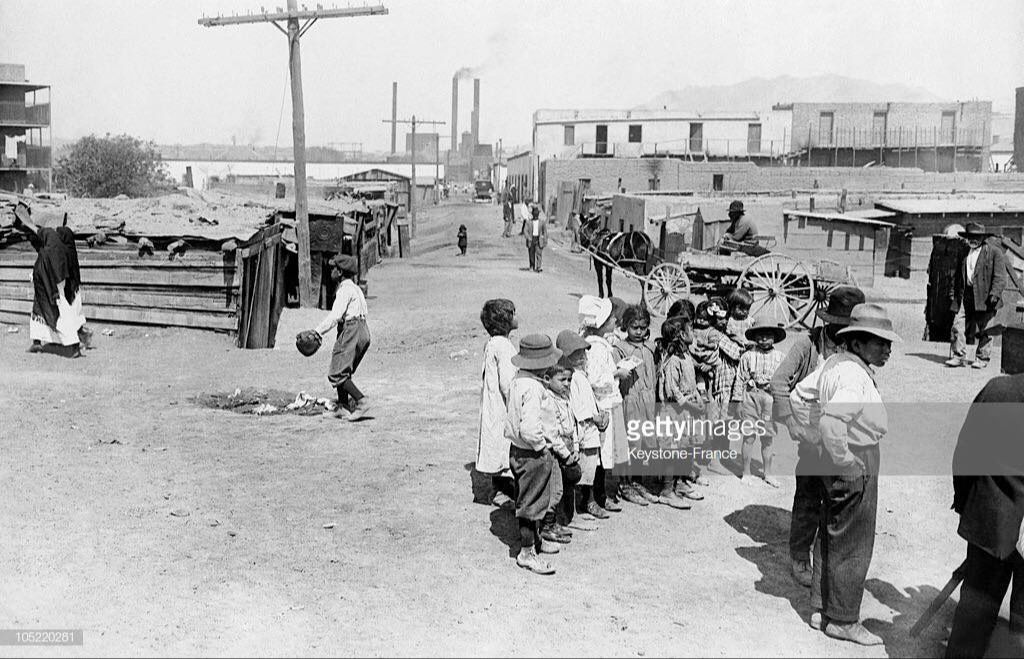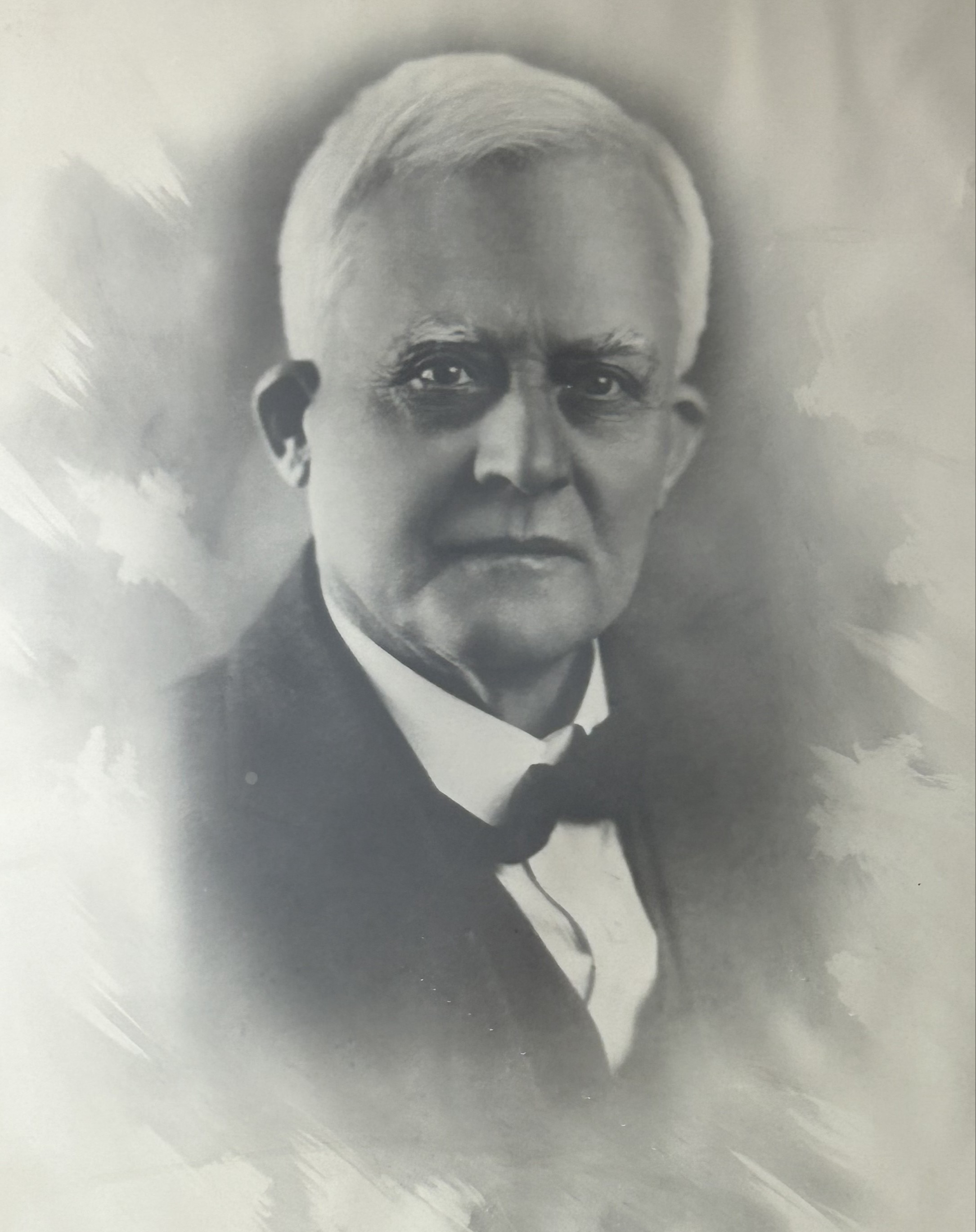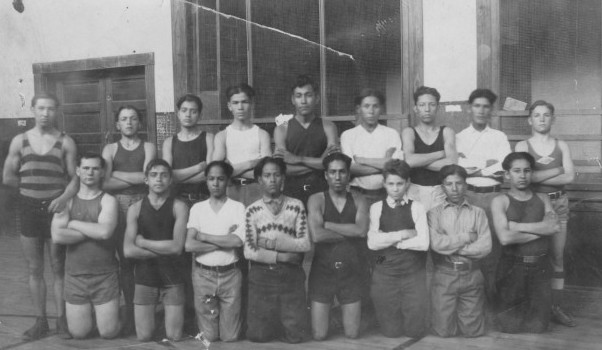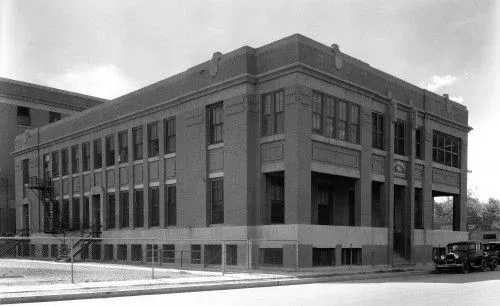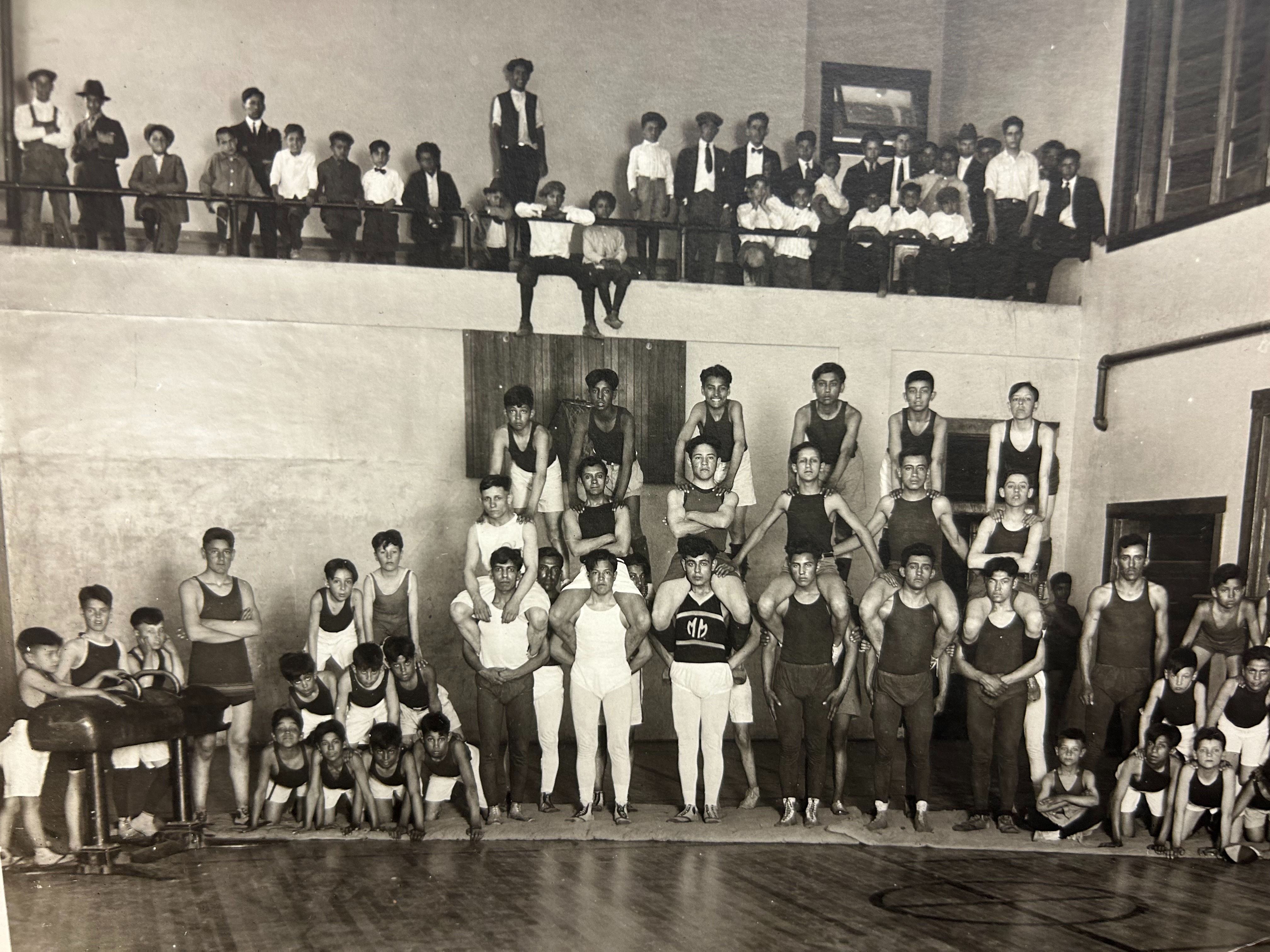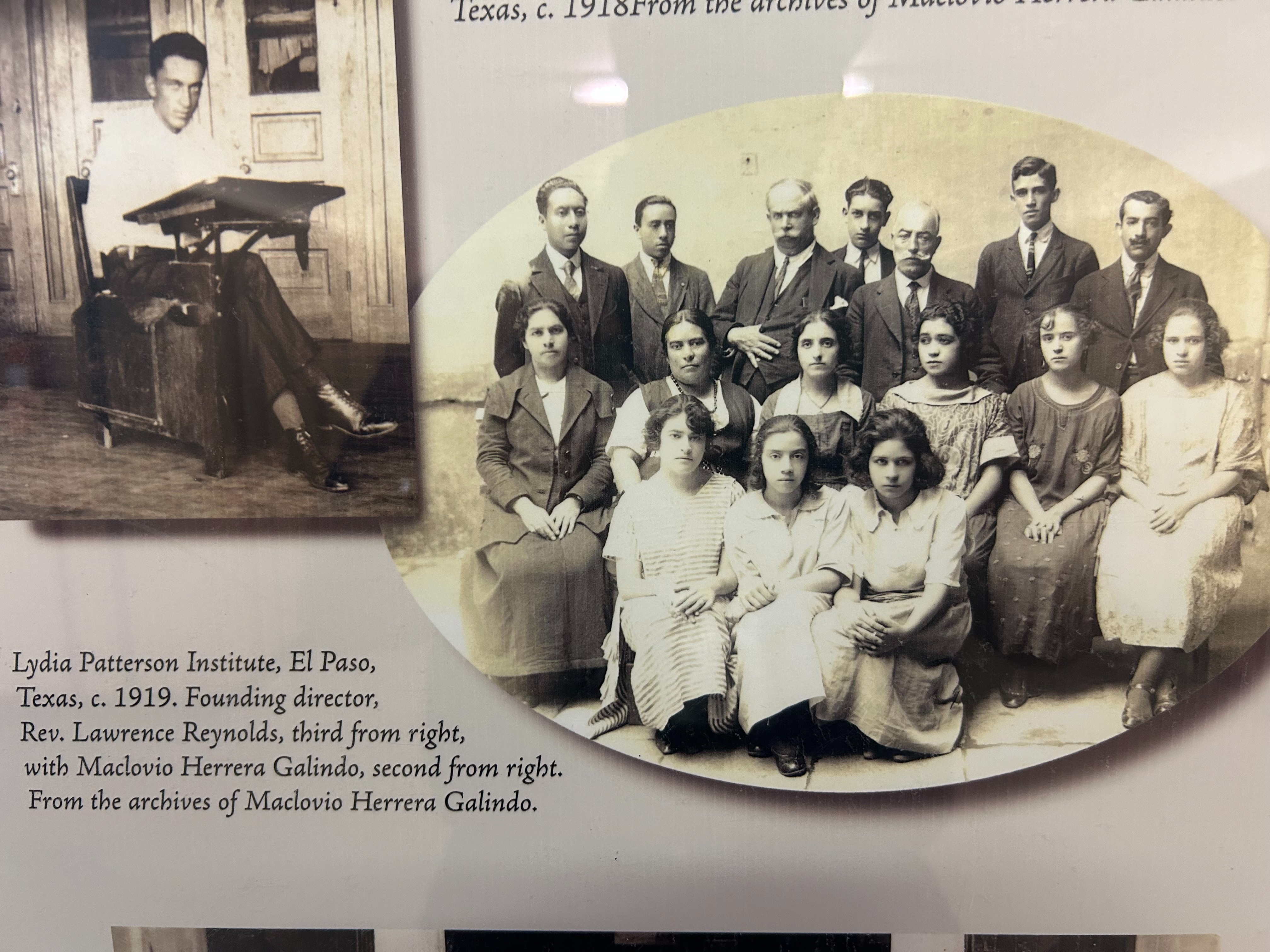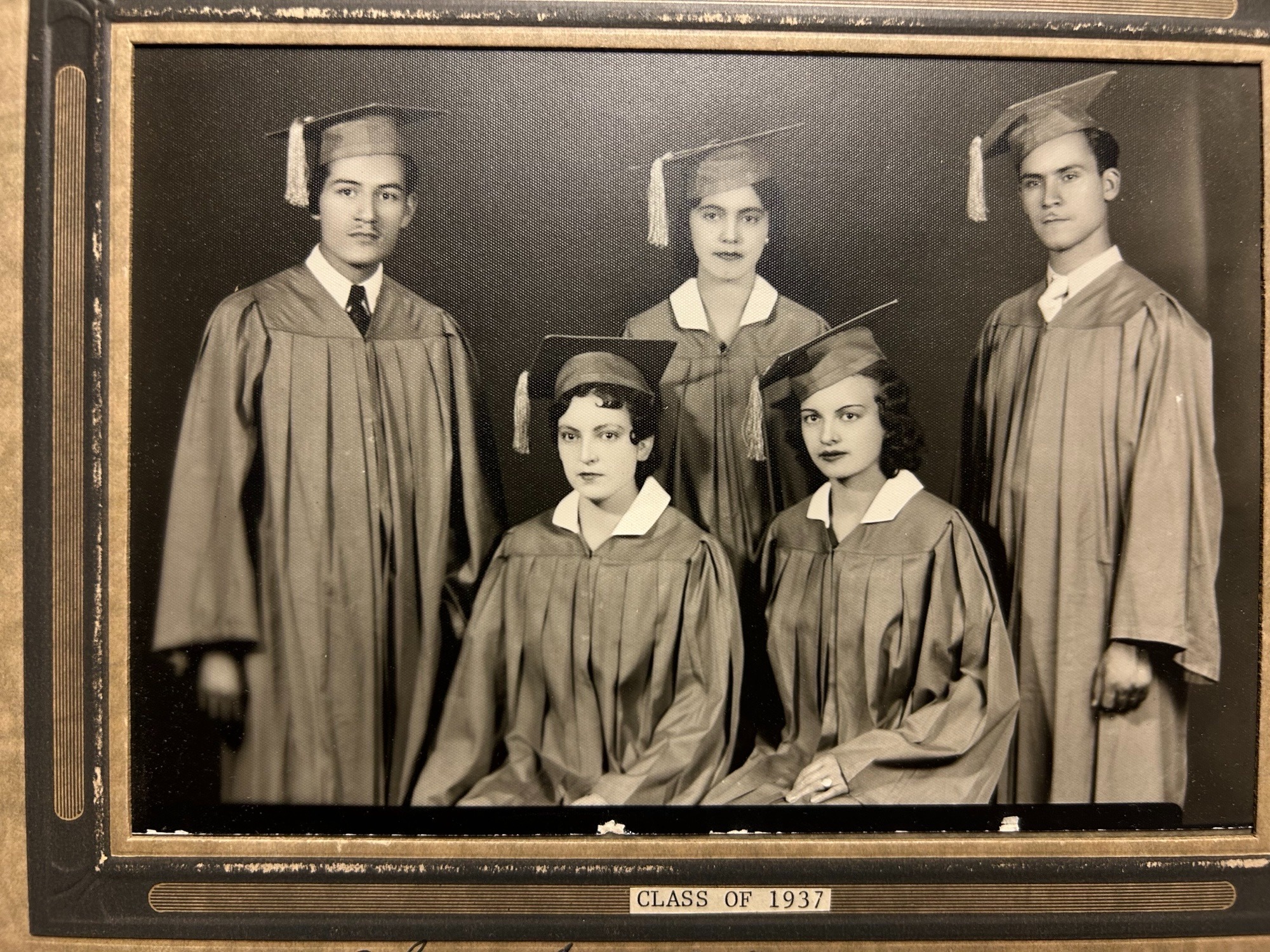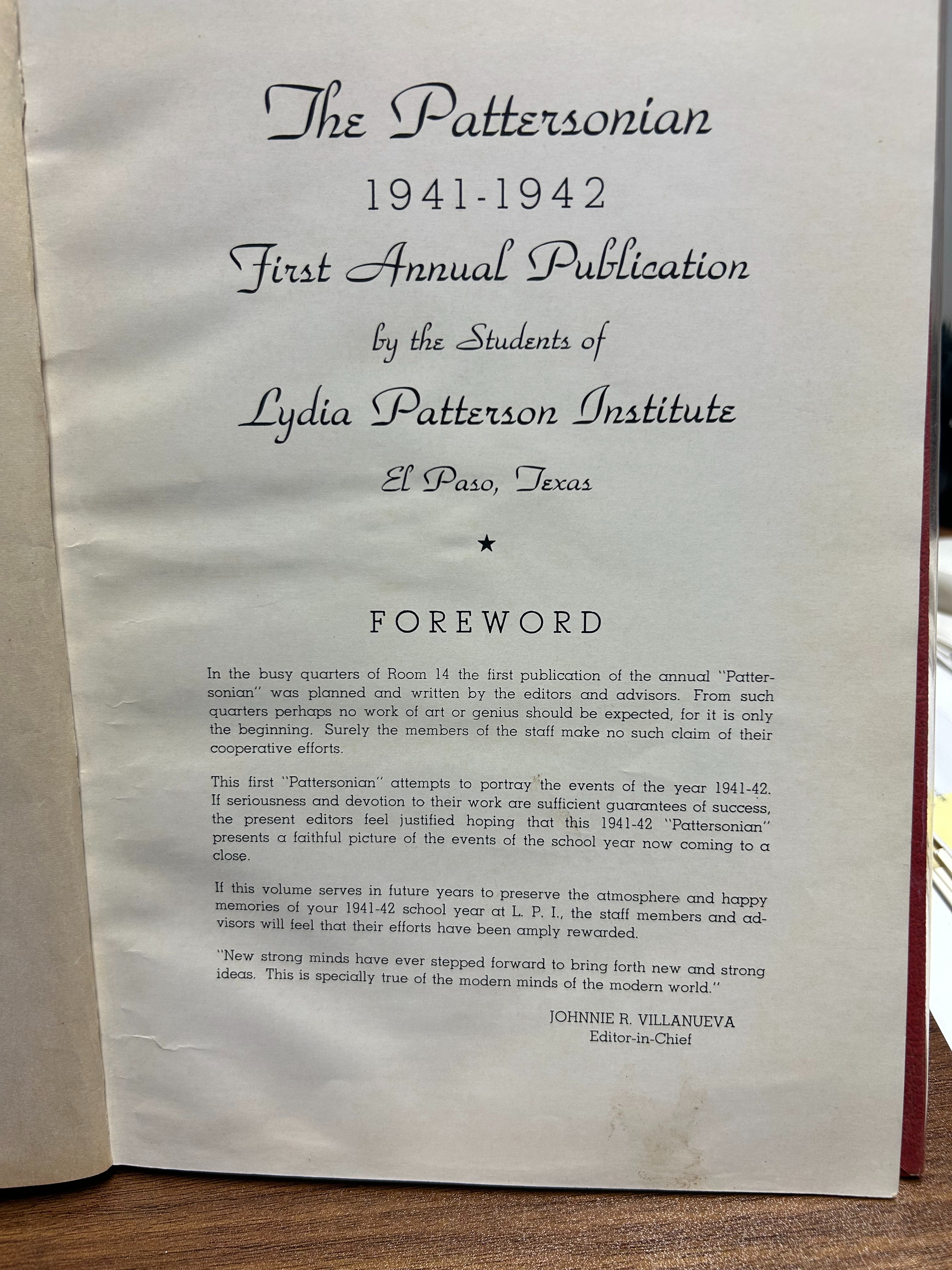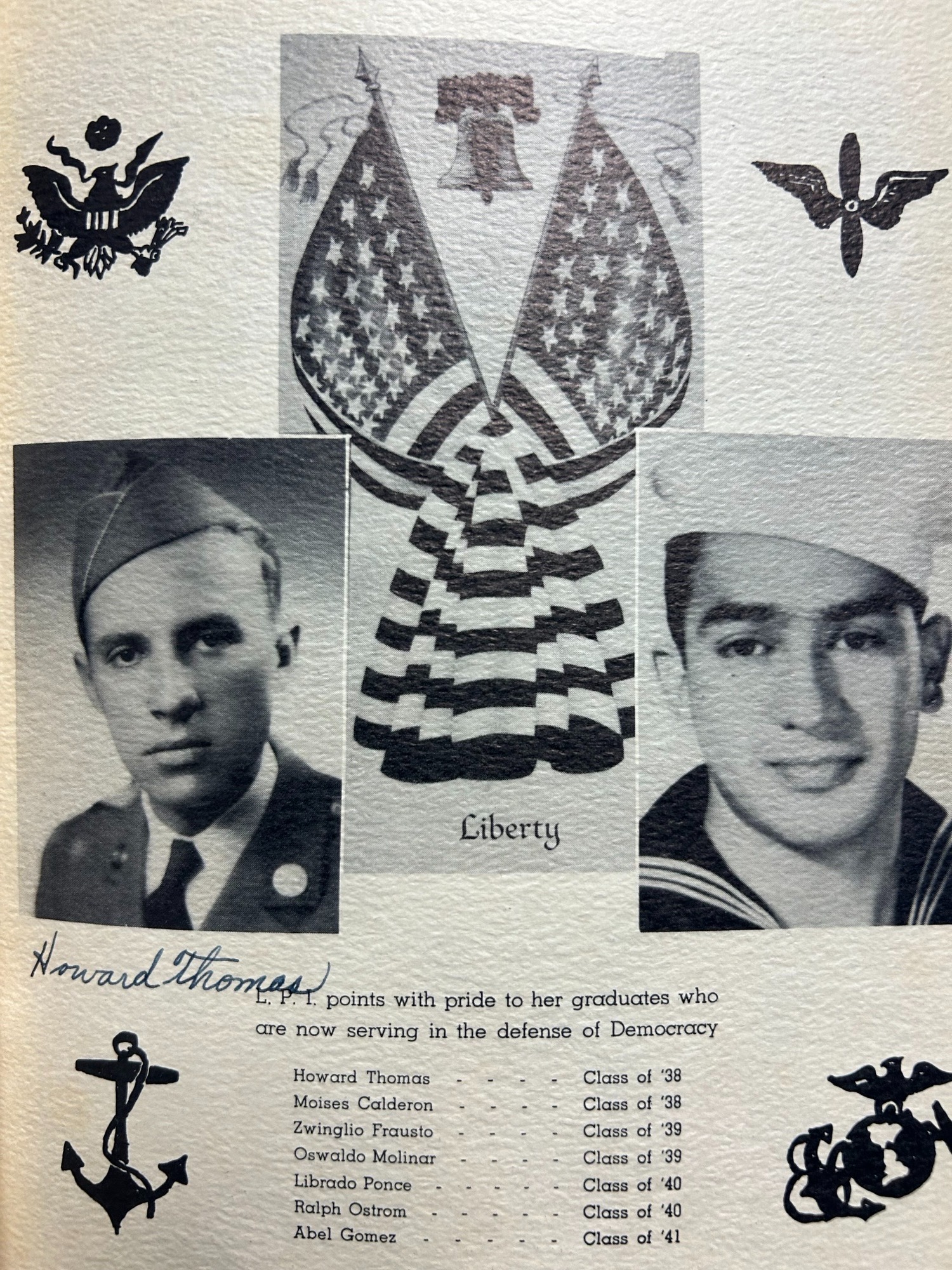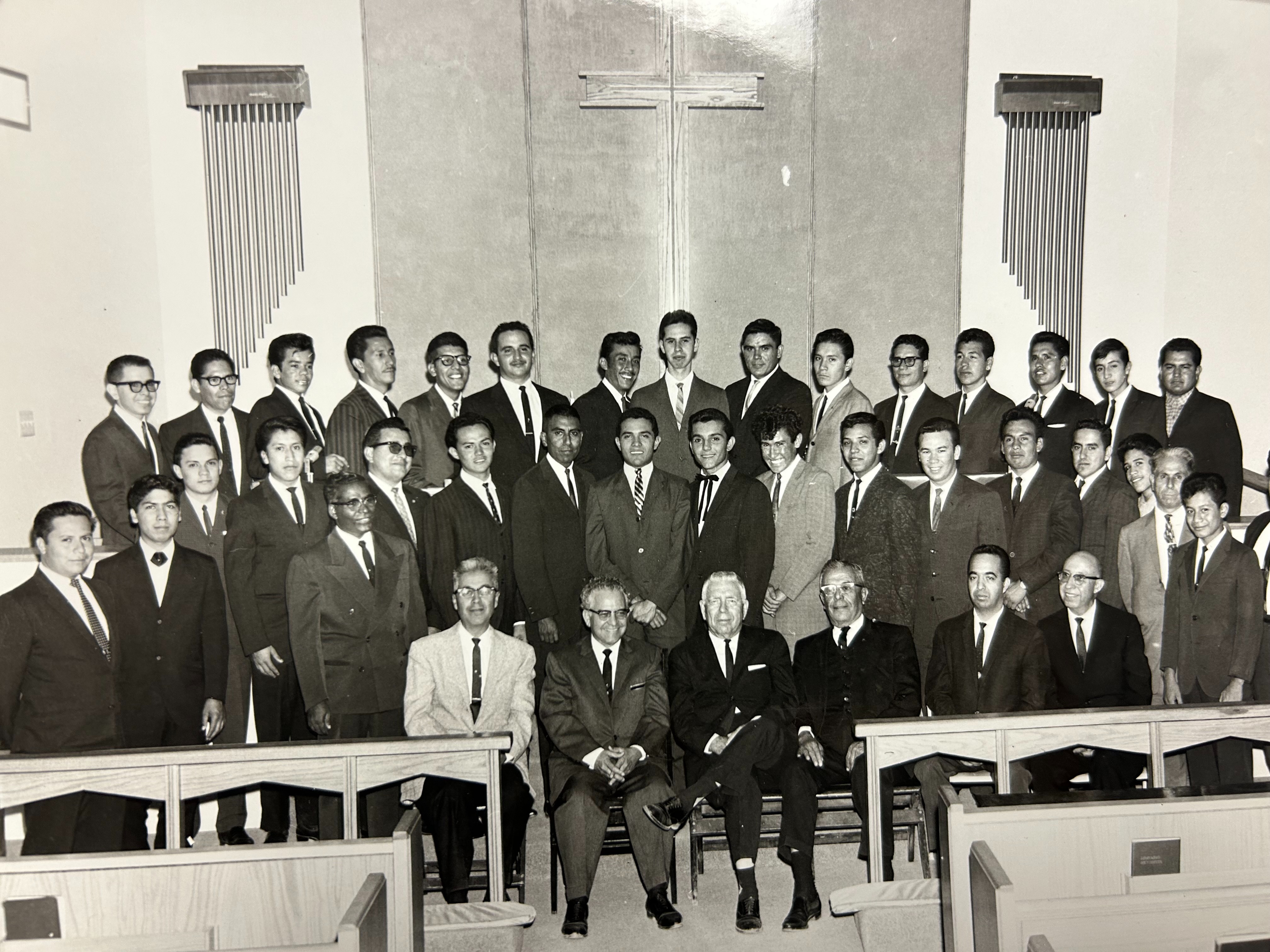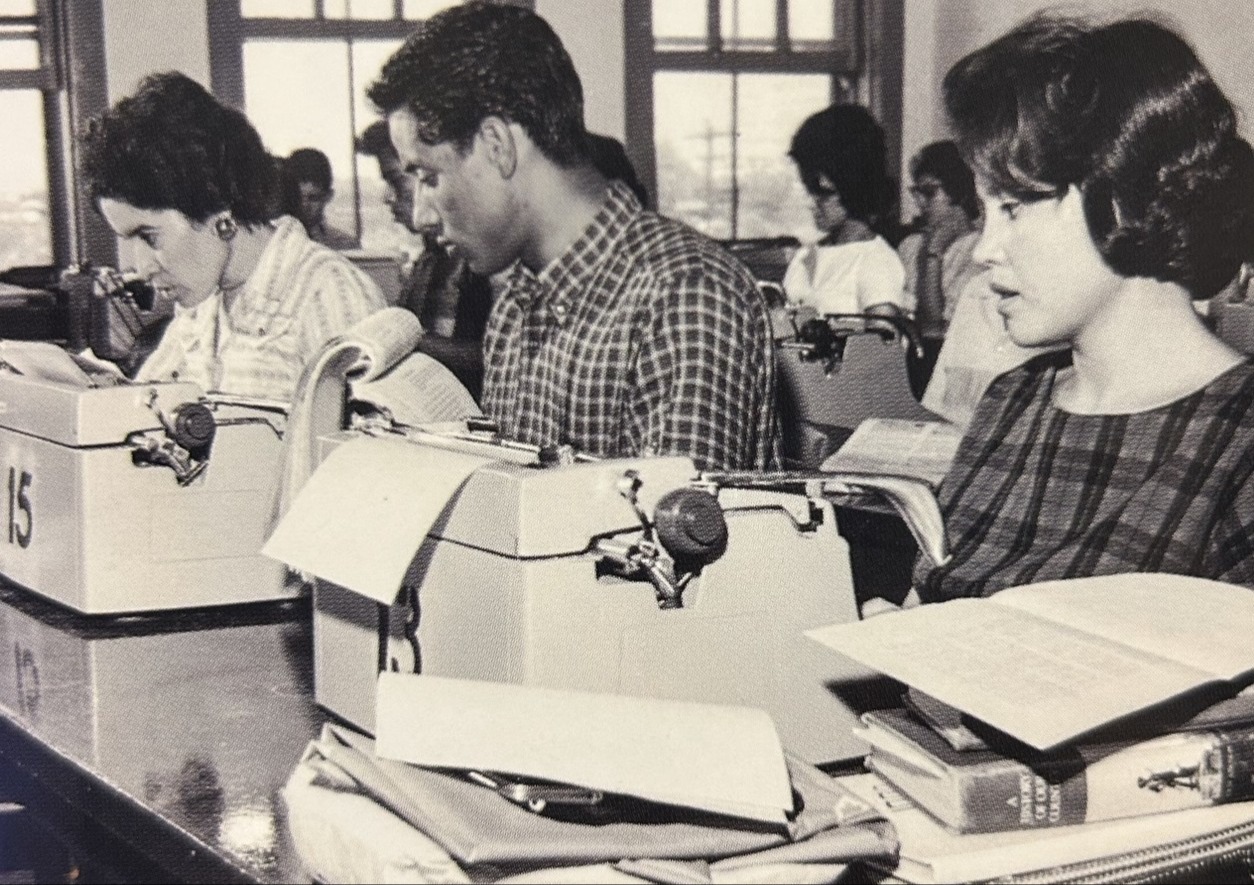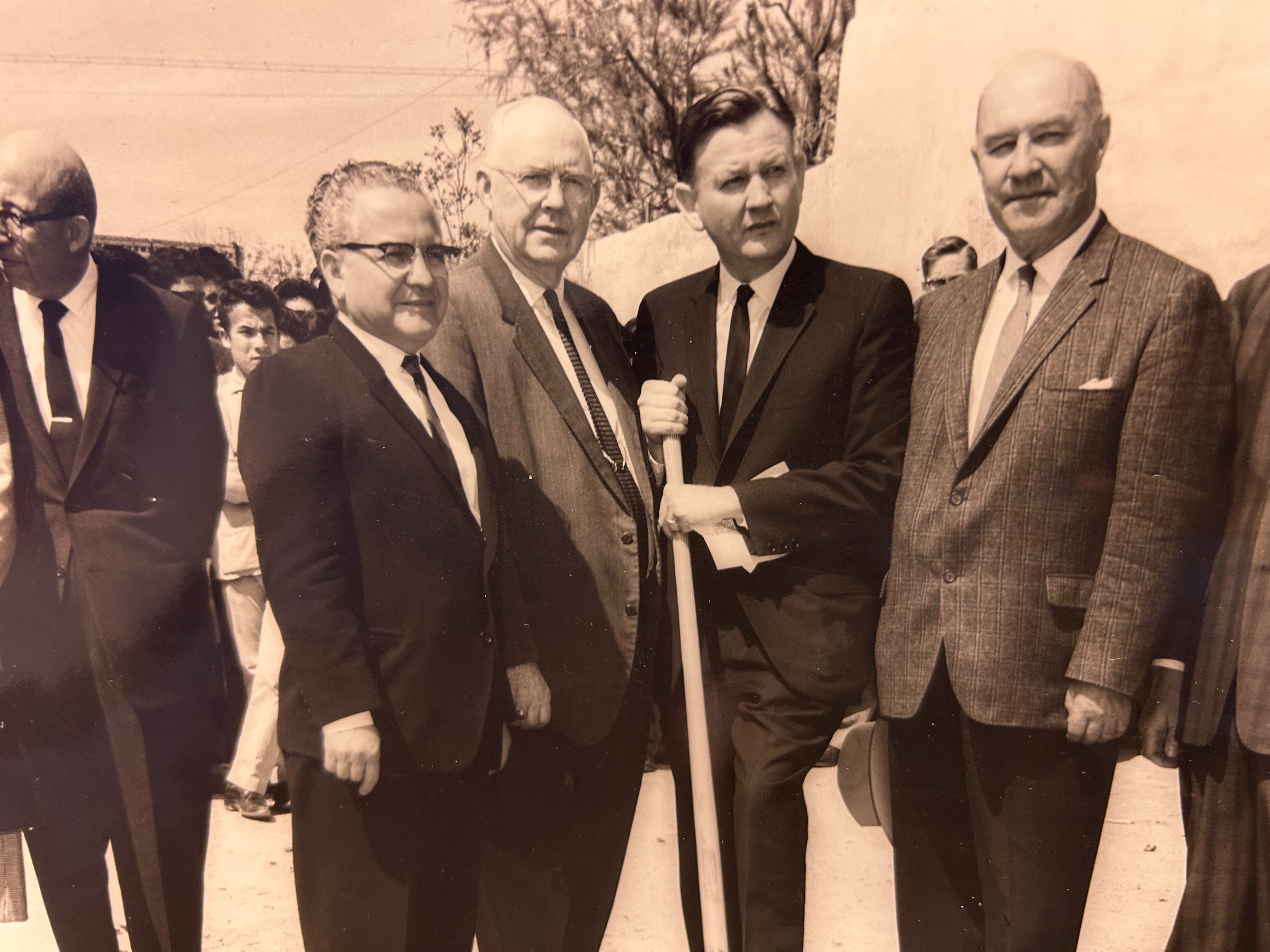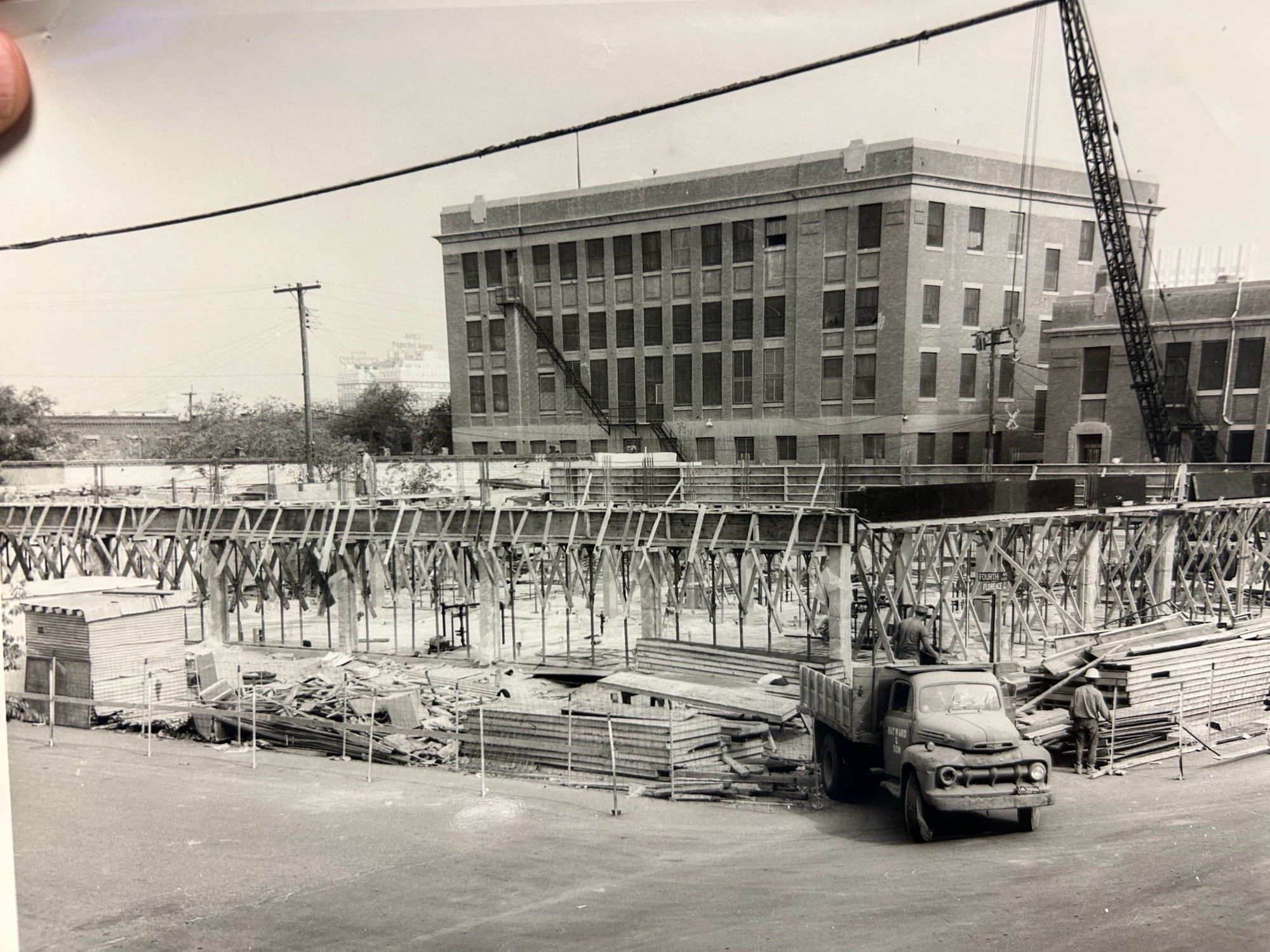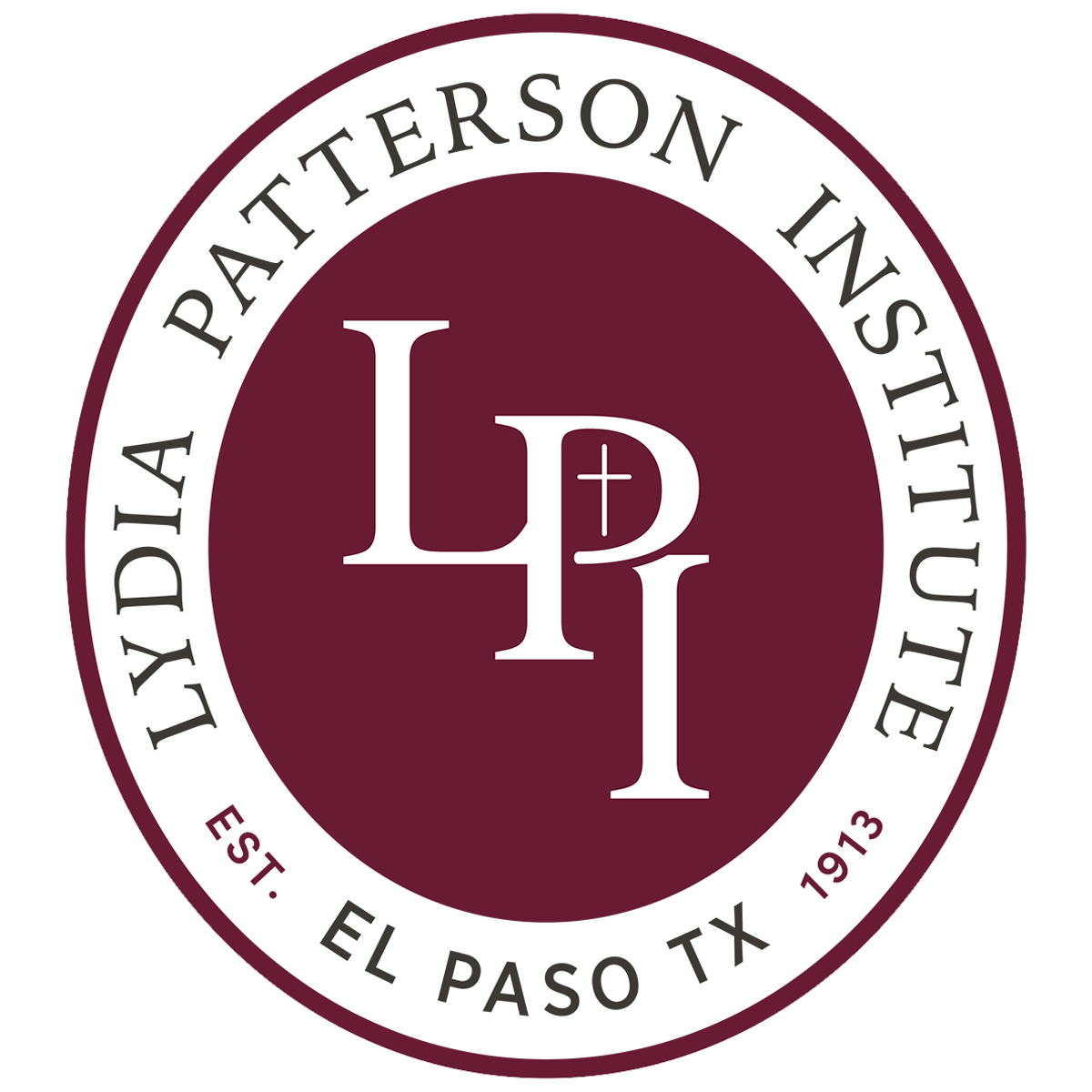OUR HISTORY
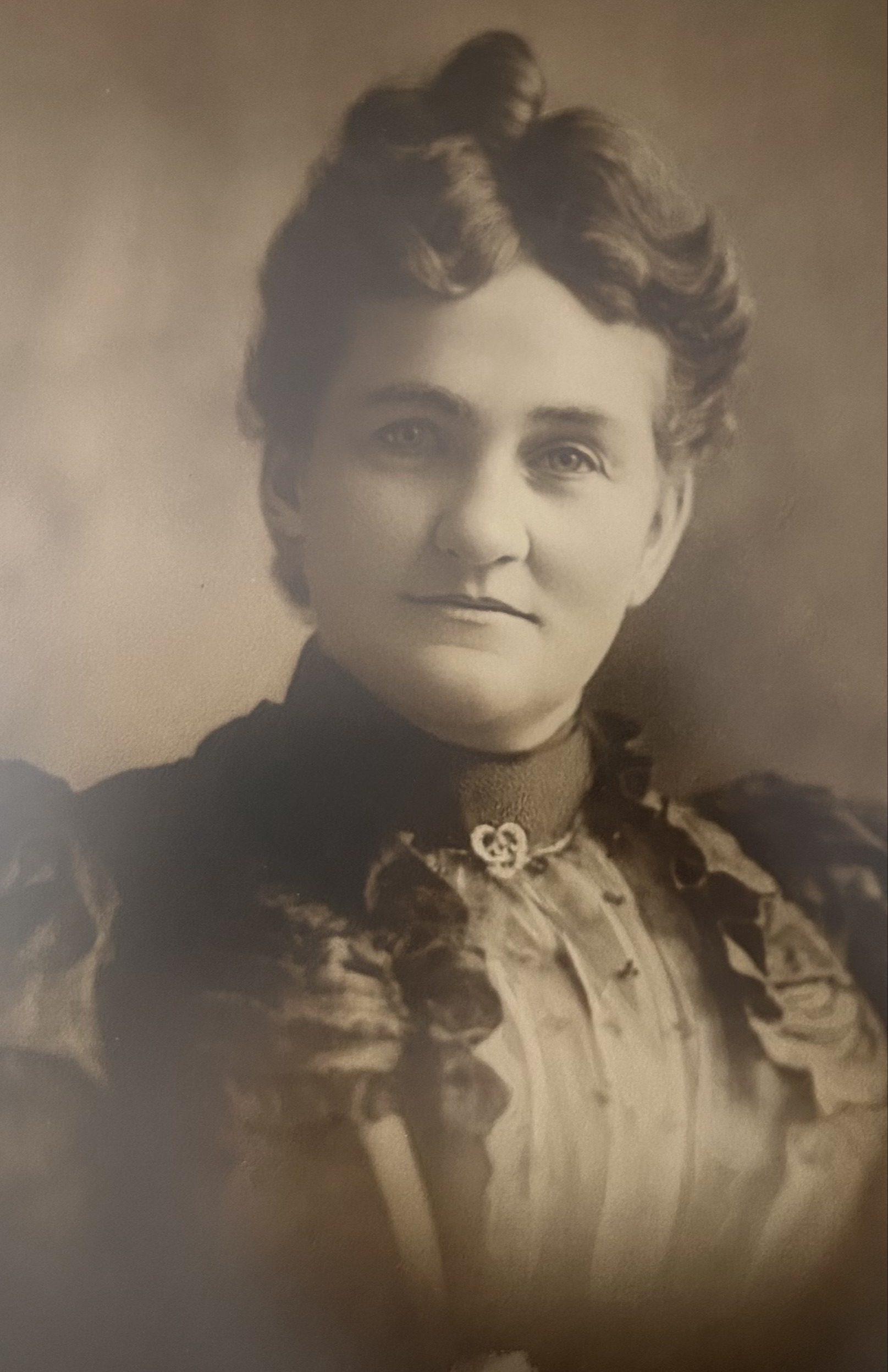
Lydia Patterson 1850 - 1909
A Century of Faith, Education, and Cross-Cultural Transformation
For more than a century, the Lydia Patterson Institute (LPI) has served students along the U.S.–Mexico border through education, ministry, and opportunity. Founded in 1913 in El Paso, Texas, LPI grew from the compassion and vision of Lydia Patterson, a Methodist laywoman who believed that education and faith could transform lives.
HISTORICAL CONTEXT: THE MEXICAN REVOLUTION
Like many good stories, this one starts with a revolution. The Mexican Revolution (1910–1920) was the people’s fight to end Porfirio Díaz’s 30-year dictatorship. Díaz had come to power by military coup and enacted policies that enriched a few while most people suffered. After Díaz manipulated the 1909–1910 election, Francisco I. Madero’s call to resist ignited the Revolution.
Amid the upheaval, many families fled north. Thousands crossed at the Stanton Street Bridge between El Paso and Ciudad Juárez. Poorer migrants settled in the Segundo Barrio; wealthier families traveled farther into the U.S. The Stanton Street Bridge became (and remains) a vital port of entry—symbolic of the human flow LPI would soon serve.
ORIGINS AND FOUNDING (PRE-1913 TO 1925)
Lydia Patterson: Life and Legacy
• Birth: Born in Kentucky on April 12, 1850.
• Relocated to El Paso, Texas, where she met and married Millard Patterson.
• Widely known in El Paso for compassion and practical help to families in need.
• Frequently visited the Segundo Barrio, teaching children in their homes—often arriving by horse-drawn carriage with lessons and materials.
• Diagnosed with cancer; died in El Paso in 1909.
• In her memory, her husband, Millard Patterson, donated land and buildings to establish the Lydia Patterson Institute, which opened in 1913.
1890 — New Mexico Conference of the Methodist Episcopal Church, South, comes into being; the El Paso church has 120 members.
1901 — Rev. J. F. Corbin reopens the coeducational Effie Eddington School in the undercroft of El Mesías M.E. Church, South; it later becomes girls-only.
1906 — Lydia Patterson begins organizing day classes in Mexican Methodist homes for Spanish-speaking children excluded from Texas public schools.
1909 — Lydia Patterson, active in the Women’s Missionary Society of Trinity First Methodist Church, dies at age 58.
1913 — Millard Patterson deeds seven lots (east half of Block 113, between S. Campbell & S. Florence; 3rd & 4th Streets) and funds the new school “for the education and religious training of boys and young men… to preach the Gospel of Christ in Mexico,” requiring the name
LYDIA PATTERSON INSTITUTE.
• First building completed (about $50,000): basement with kitchen/dining, small gym, heating plant, laundry; first floor with offices, classrooms, chapel and auditorium; upstairs with faculty apartments and a small dorm.
• Operating subsidy provided by the Board of Missions until the Institute could support itself.
• Rev. J. F. Corbin oversaw the start-up; Rev. Lawrence Reynolds arrived in 1914 to lead the Institute.
1914 — Second academic year opens with courses in English, Spanish, Bible, vocal and instrumental music, commerce, and physical culture.
1915 — Enrollment reaches 140 students (ages 5–25); LPI is called “El Paso’s religious training school for Mexican young men.” Early campus life includes a YMCA in the basement, a mothers’ club (Club Josefa de Domínguez), a literary society (Club Justo Sierra), Boy Scouts, and dorm life for ministerial students.
1918 — First graduating class: Felix Soto, Abel Gomez, Otoniel Camarena. First basketball team organized.
1919 — Four-story MITCHELL ANNEX funded by a centennial mission drive and a $45,000 gift from the Mitchell brothers: dorms for 100; shops for tailoring, printing, carpentry, and shoe repair; auditorium/chapel seating 1,200; gym; eight lecture rooms; and a basement swimming pool. The annex is connected to the main building by a tunnel.
1920–1921 — Mitchell Annex cornerstone laid Oct. 10, 1920; occupied Sept. 1921.
1921 — Among the first U.S. schools to emphasize ENGLISH AS A SECOND LANGUAGE (ESL)—“take a student where he is and move as fast as he can.”
1922 — Theology department opens under Rev. R. E. Stevenson, supplying most pastors for the Rio Grande Conference of the Spanish Methodist Church in NM and TX.
1922–1925 — LPI branch operates in the basement of El Divino Salvador Methodist Church in Juárez.
1924 — High school accredited by the Texas State Department of Education.
1925 — Mexican government closes all schools conducted in religious buildings (many students turn to LPI).
GROWTH AND MINISTRY LEADERSHIP (1930s–1950)
1930 — The Methodist Episcopal Church and Methodist Episcopal Church, South, merge; LPI is designated the official training center for Spanish-speaking ministers.
1932–1933 — Effie Eddington closes her private staff; paying students go to LPI, creating a co-ed environment.
1930s — LPI introduces a standard college-entrance curriculum and continues its individualized English model. The Depression forces suspension of some off-site classes and scaling back of industrial shops; a self-supporting dry-cleaning unit remains. President Herbert C. Marshall restores the school’s finances and credit. A student worker, José Cisneros, secures permanent U.S. residency before becoming a noted artist. LPI strengthens its scholarship-work model, aiming to aid at least 25% of students while keeping tuition low.
1935 — First graduating class to wear caps and gowns.
1936 — High school department accredited by the Texas Education Agency (TEA).
1938 — LPI celebrates its 25th anniversary; Rev. Abel M. Gomez speaks.
1939 — ME Church, ME Church South, and Methodist Protestant Church come together (the Methodist union that precedes today’s United Methodist connection).
1941 — Seminary now requires two years of college; Mrs. Clothilde Náñez and the Woman’s Society of the Conference create a scholarship fund for clergy candidates.
1942 — First Pattersonian yearbook published.
1950 — LPI incorporates in Texas; first Board of Trustees meets May 24 with 16 members, representing the South Central Jurisdiction (the Board meets annually in El Paso).
MODERNIZATION AND STUDENT LIFE (1960s–1970s)
1960 — Enrollment reaches 700; the Board announces a $2 million expansion program.
1964 — Groundbreaking for a $650,000 academic complex.
1965 — New two-story structure opens with 21 classrooms, library, offices, cafeteria, and a distinctive twelve-sided chapel (consecrated April 28, 1965; later named Mattie Allen Fair Chapel). LPI notes its first Homecoming.
1966 — First year LPI fields a football team.
1967 — The aging Mitchell Annex is razed. A new 14,000-square-foot gymnasium with bleachers and additional classrooms opens April 27, 1967.
1967–1977 — Enrollment remains in the 600s; emphasis on college-preparatory academics.
1968 — First year of National Honor Society at LPI and final season for LPI football. LPI gains regional accreditation by joining the Southern Association of Colleges and Schools (SACS).
1969 — B-Team Basketball wins the County Coaches Tournament (26–0); Varsity Basketball wins the Anthony Tournament.
1974 — Record budget of $438,400.
CHALLENGES AND RESILIENCE (1980s–1990s)
1980 — Peso devaluation drops enrollment below 300. The General Conference’s requirement that ministers receive seminary training ends the need for LPI’s ministerial department.
1980–1984 — LPI enrolls 1,831 students (cumulative over the period).
1983 — First Senior Retreat launched by beloved teacher Richard Campbell.
Late 1980s — Enrollment stabilizes and begins to grow again.
1998 — First Lady of Texas Laura Bush attends LPI’s 75th Anniversary celebration.
INTO THE SECOND CENTURY (2000–PRESENT)
More History Coming Soon
